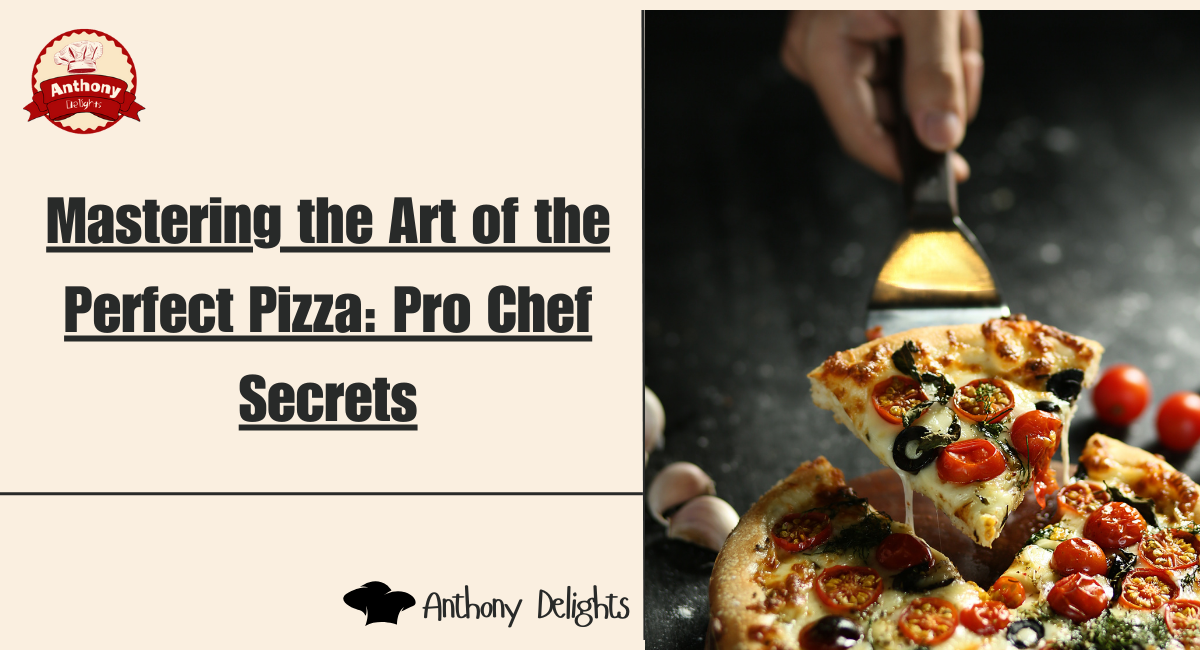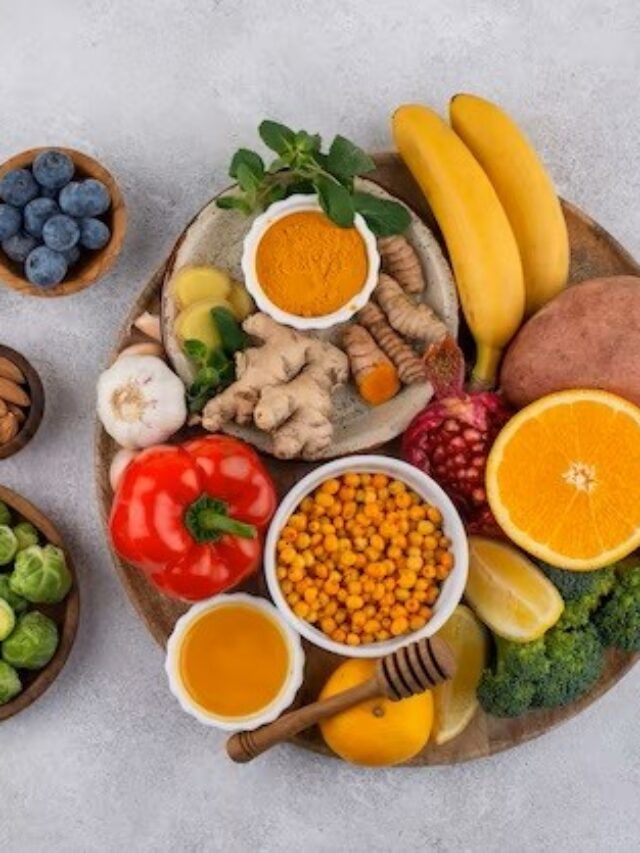Mastering the art of the perfect pizza is a journey that combines precision, creativity, and a deep understanding of ingredients and technique. It begins with the dough, the foundation of any great pizza, where the balance of flour, water, yeast, and salt must be meticulously calibrated to achieve the ideal texture—crispy on the outside yet chewy and airy on the inside. The fermentation process, often involving a slow, cold rise, is crucial in developing the dough’s flavor and structure, requiring patience and skill. Once the dough is perfected, attention turns to the sauce, where the freshness and quality of the tomatoes, along with a careful blend of herbs and seasonings, create a rich, vibrant base that complements the toppings without overpowering them. The choice of toppings themselves, whether traditional or inventive, must be harmonized to ensure each bite delivers a balanced combination of flavors and textures. Cheese, a cornerstone of most pizzas, must be applied with the right quantity and quality, often a combination of mozzarella for its melt and stretch, with perhaps a touch of aged cheese for added depth. The cooking process, typically in a high-temperature oven, is where all these elements come together. Mastery here lies in timing—
knowing exactly when the crust has reached its peak of golden perfection and when the cheese has melted to just the right consistency. Finally, the perfect pizza is not only about technical execution but also about understanding the cultural and emotional connection people have with this beloved dish. A true pizza artisan respects tradition while infusing their own creativity, crafting pizzas that are not just meals but experiences that resonate with the heart and soul.
1. Crafting the Ideal Dough
The foundation of any great pizza is its dough. Here’s how to get it just right:
- High-Quality Flour: Opt for high-protein flour, such as bread flour or Type 00 flour, to achieve the ideal structure and chewiness.
- Proper Hydration: Aim for a dough hydration level of 65-70%. Your dough should be slightly sticky but manageable.
- Effective Kneading: Knead the dough until it’s smooth and elastic, typically about 10 minutes by hand or 5 minutes using a stand mixer.
- Fermentation Time: Allow the dough to ferment for at least 24 hours in the refrigerator. This slow fermentation enhances flavor and texture.
2. Mastering Dough Stretching of Pizza
Properly stretching the dough is crucial for a perfect crust with a puffed edge.
- Temperature Consideration: Let the dough come to room temperature before stretching to prevent tearing.
- Gentle Handling: Use your hands to gently stretch the dough, avoiding the use of a rolling pin to preserve air bubbles.
- Edge Preservation: Be careful not to flatten the edges, preserving the puffy cornicione, a signature of quality pizza.
3. Creating the Perfect Sauce for Pizza
A great pizza sauce is simple and fresh.
- Top-Notch Tomatoes: Choose San Marzano tomatoes or other high-quality canned tomatoes, avoiding pre-made sauces with additives.
- Simplicity in Ingredients: A classic pizza sauce requires only a few ingredients – tomatoes, salt, olive oil, and optionally, fresh basil and garlic.
- No-Cook Approach: For a fresher taste, blend the ingredients without cooking and spread the sauce directly onto the dough.
4. Optimal Cheese Selection
Cheese is the finishing touch that brings everything together.
- Fresh Mozzarella: Use fresh mozzarella for its superior melt and creamy texture. If using low-moisture mozzarella, grate it finely.
- Balance and Moderation: Avoid overloading the pizza with cheese to ensure even cooking and balanced flavors.
- Cheese Blends: Experiment with a mix of cheeses like mozzarella, Parmesan, and provolone for a richer flavor profile.
5. Topping Techniques
Less is often more when it comes to pizza toppings.
- Fresh, Quality Ingredients: Always use fresh and high-quality toppings for the best flavor.
- Even Distribution: Spread toppings evenly to ensure a balanced taste in every bite.
- Pre-Cook Moist Toppings: Pre-cook toppings like sausage, mushrooms, and onions to avoid excess moisture making the pizza soggy.
6. Baking to Perfection
The baking process is where your pizza transforms into a delicious masterpiece.
- High Temperature: Bake your pizza at a high temperature, around 500°F (260°C) or higher if possible, to mimic the intense heat of professional ovens.
- Pizza Stone or Steel: Use a pizza stone or steel, preheated for at least 30 minutes, to replicate the even heat distribution of a pizza oven.
- Quick Bake Time: A perfect pizza bakes quickly, usually in 8-12 minutes. Keep a close eye on it to avoid burning.
7. Final Touches
Add finishing touches to enhance your pizza just before serving.
- Fresh Herbs: Add fresh basil or arugula immediately after baking for a burst of freshness.
- Olive Oil Drizzle: A light drizzle of extra-virgin olive oil adds richness and enhances the flavors.
- Grated Cheese: Sprinkle fresh Parmesan or Pecorino cheese over the top for an extra umami kick.
Conclusion
Creating the perfect pizza is an art that involves attention to detail, quality ingredients, and practice. By following these pro chef secrets, you’ll be able to make pizzas that rival those from the best pizzerias. Enjoy the process and savor each delicious slice of your homemade masterpiece





